
لینک صفحه:
Screen Shaft
Product features:
Ready to send
Please contact the sales department for sending the list and bulk purchase of products.
Immediate shipment of the product is possible.
$0
Dear user, prices are being updated, please contact us.
What is a Screen Shaft?
A screen shaft is one of the key components in screening and sifting systems, used to transmit the mechanical force and vibrations required to separate different materials. This part, depending on the various types of screen shafts available, including metal screen shafts and stainless steel screen shafts, has extensive applications in industries such as mining, construction, and recycling.
When purchasing a screen shaft, it is essential to consider the price and evaluate the quality, as these factors impact its performance and durability. An industrial screen shaft is a suitable option for heavy applications due to its high resistance to pressure and abrasion. Additionally, repairing and maintaining the screen shaft is crucial to extend its lifespan and maintain optimal performance.
Proper installation of the screen shaft is also an important consideration that can enhance the productivity and benefits of the screen shaft. Consequently, selecting a high-quality screen shaft, while considering specific industrial needs and environmental conditions, will improve efficiency and reduce operational costs.
The applications of the screen shaft are as follows:
- Mining Industry: In mines, the screen shaft aids in the separation of stones and minerals based on size, thereby improving the extraction and processing processes.
- Construction Industry: It is used for separating gravel, sand, and other building materials, helping to procure high-quality materials.
- Recycling Industry: In recycling processes, the screen shaft aids in the separation and sorting of different materials such as plastic, metal, and paper.
- Food Industry: It is used for screening and separating various food materials and enhances the quality of the final product.
The advantages of using a screen shaft include increased efficiency, reduced maintenance costs, and improved accuracy in material separation, contributing to enhanced productivity and reduced operational costs.
Technical Specifications of the Screen Shaft
The following table presents the typical technical specifications of a screen shaft:
| Feature | Metal Screen Shaft | Plastic Screen Shaft | Composite Screen Shaft | Stainless Steel Screen Shaft |
| Material | Steel / Stainless Steel | Industrial Plastic | Composite Material Blend | Stainless Steel |
| Wear Resistance | High | Medium | High | Very High |
| Corrosion Resistance | Medium to High (depending on coating) | Low | High | Very High |
| Flexibility | Low | High | Medium | Low |
| Weight | Heavy | Light | Medium | Heavy |
| Lifespan | Medium | Short | Long | Long |
| Cost | Medium to High | Low | High | High |
Comparison of Screen Shaft Types: Which Type is Suitable for You?
In selecting a screen shaft, the type and material play a significant role in the performance and durability of the screening system. The following is a comparison of the different types of screen shafts:
- Metal Screen Shaft: Made from steel or stainless steel, this type is suitable for heavy applications due to its high resistance to pressure and wear. However, it may be vulnerable to corrosion and rust, requiring protective coatings.
- Plastic Screen Shaft: Made from industrial plastic, these are suitable for lower-pressure applications due to their lightweight and high flexibility. Low price and chemical resistance are other advantages. However, their lifespan is generally shorter than metal and composite types.
- Composite Screen Shaft: Made from a blend of various materials, this type is used in specific industries due to special features like high resistance to corrosion and wear, long lifespan, and reduced maintenance needs. The higher initial cost compared to other types is a drawback.
- Stainless Steel Screen Shaft: Typically made from stainless steel, this type is suitable for moist and corrosive environments. Very high corrosion resistance and long lifespan are prominent features. High price and heavy weight may be drawbacks.
Price of Screen Shaft: Influencing Factors and Comparison
The price of a screen shaft is influenced by several factors, including material, size, manufacturer brand, and technical features. The following examines these factors and how to compare prices:
- Material of Screen Shaft: Metal shafts are usually cheaper than composite or stainless steel ones. Plastic shafts also generally cost less but have a shorter lifespan.
- Size and Technical Specifications: Larger shafts with more complex technical specifications typically cost more. Shaft size and load-bearing capacity also affect the price.
- Brand and Production Quality: The manufacturer brand and quality of the shaft also influence the price. Renowned brands typically have higher prices but offer better quality and durability.
- Special Features: Shafts with special features such as high corrosion resistance or suitability for specific conditions usually cost more.
To compare prices, you can visit the avangard Holding website and review their prices. Additionally, consulting with our sales experts and reviewing user feedback can help you choose the best option based on your budget and specific needs.
Advantages of Using Screen Shaft in Industrial Processes
The use of screen shafts in industrial processes offers numerous benefits that enhance the performance and efficiency of screening and sifting systems. These advantages include:
- Increased Efficiency: Screen shafts provide the necessary vibrations and effectively transmit mechanical force, helping improve the efficiency of screening systems and increasing the accuracy of material separation and sorting.
- Reduced Maintenance Costs: Using high-quality and suitable screen shafts requires fewer repairs and easier maintenance, contributing to lower operational costs.
- High Stability and Durability: Shafts made from materials resistant to wear and corrosion have a longer lifespan and contribute to the stability of the system.
- Technological Advancements: With new advancements in the design and production of screen shafts, achieving better performance and further reducing maintenance costs is possible.
- Suitable for Specific Conditions: Stainless and composite shafts can perform optimally in special and challenging environments, such as chemical and humid conditions.
As a key component in screening and sifting systems, the screen shaft plays an important role in improving the performance and efficiency of these systems. Choosing the most suitable type of shaft, considering industry-specific needs and environmental conditions, can significantly impact productivity and reduce operational costs.
Reviewing technical specifications, comparing different types, and considering factors influencing cost will assist in selecting the best option. By utilizing quality and appropriate shafts, improvements in efficiency, increased equipment lifespan, and reduced maintenance costs can be achieved.
Price of Screen Shaft
The table below illustrates an example of a price list for screen shaft devices with various types. To obtain the exact price for each product, it is necessary to contact the sellers at Avant-garde Holding.
| row | Item Description | Price |
| 1 | Price of Shaft Screen Device | Contact us |
| 2 | Price of Grizzly Screen Device | Contact us |
| 3 | Price of Rotary or Gyratory Screen Device | Contact us |
| 4 | Price of Vibrating Screen Device | Contact us |
| 5 | Price of Shaker Screen Device | Contact us |

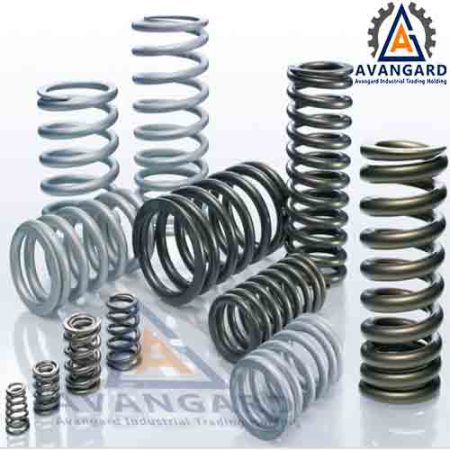
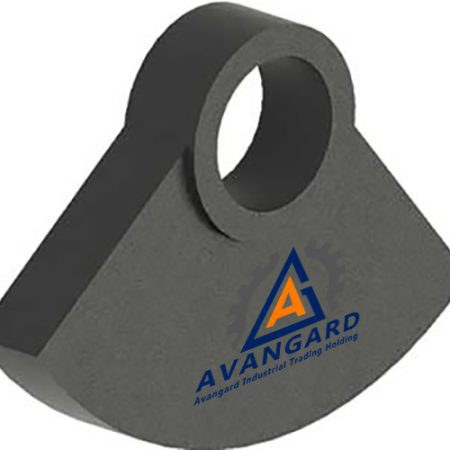
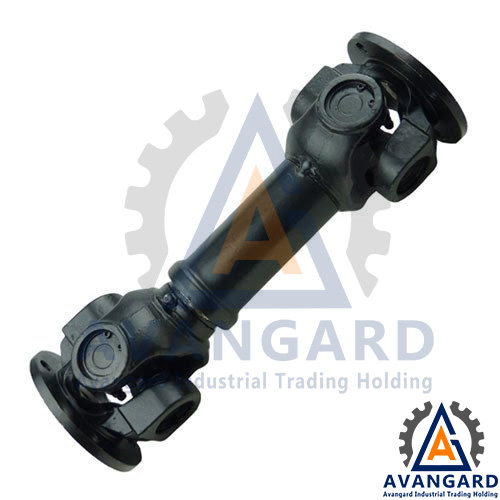
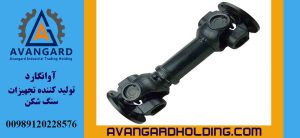
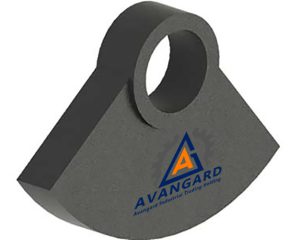
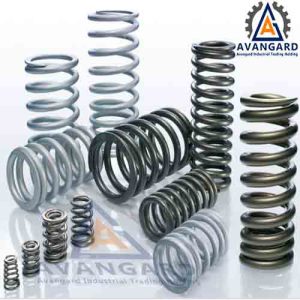
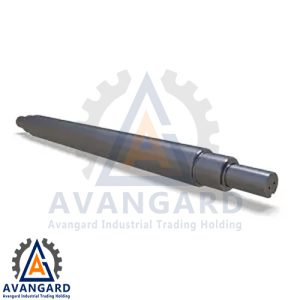
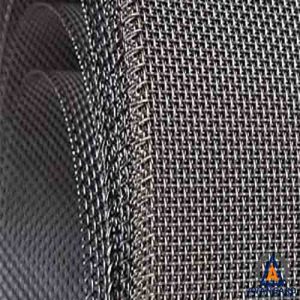
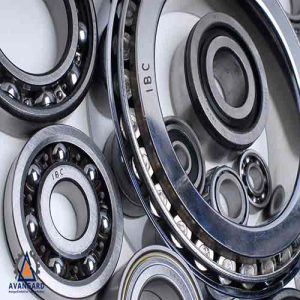
مهندس احمدی –
1
مهندس احمدی –
2